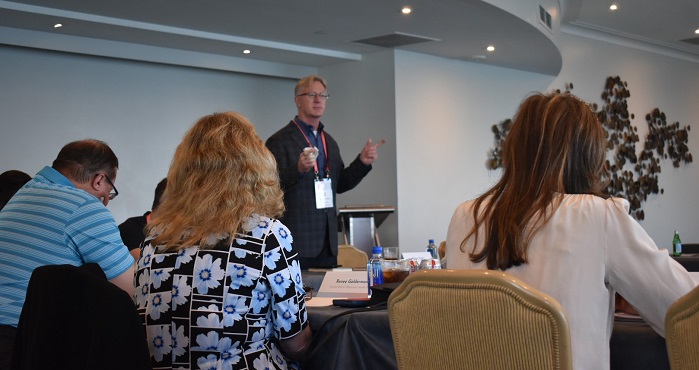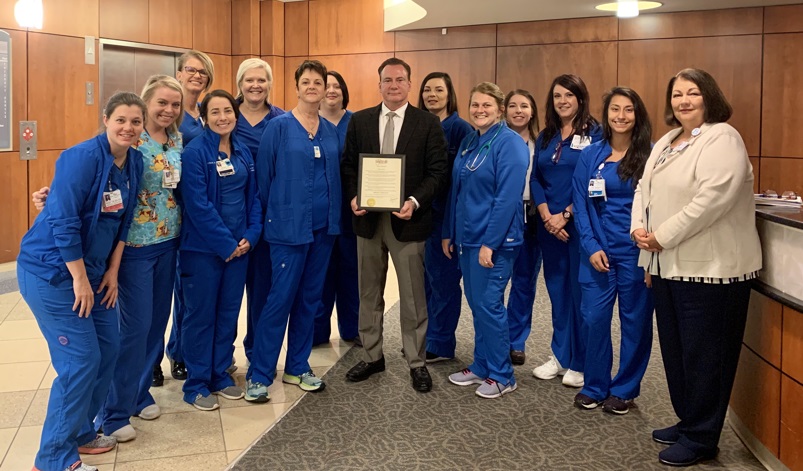
How are you taking care of your employees during the holidays?
The holidays are considered a time of year when families gather the most. Consider this: are your newer employees able to enjoy this time with family? Is the time off policy equitable in your organization or are you, as a leader, shackled to the “way we’ve always done things” mentality of your organization’s culture? Are new employees offered the same time off considerations as those with seniority, or are they just the “low man on the totem pole” and have to wait for another new employee to come before enjoying the luxuries of seniority? Are you having problems retaining employees?
When you round on your employees (and as a leader you should be rounding regularly on your employees), ask them if they feel they get enough time off during the holidays. Ask them if they feel the culture of holiday time off requests are equitable for ALL employees. Then, look at your holiday PTO policies. Oh! You don’t have a separate one for holidays and regular time off? Interesting. Have these policies kept up with the newer workplace standards and the expectations of current generations? Studies have shown that current generations value time off. It does not mean they will work any less hard or be unproductive. They are just looking for that work-life balance.
Connect with us on LinkedIn, join our Active Network Program and look at the other areas of connection we offer.


















